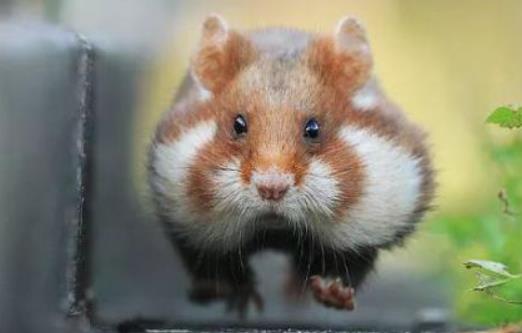Here’s a comprehensive guide to hamster diets, integrating nutritional needs and safety precautions:
I. Staple Food Recommendations
Professional Hamster Pellets
- Choose formulas with 14–18% crude protein and 6–9% crude fiber, such as BUNNY bear food or Love Gold grass pellets.
- Mix 2–3 types of whole grains: wheat, oats, millet, cornflakes, etc.

Hay Varieties
- Alfalfa/timothy hay provides fiber for teeth grinding and digestion.
II. Supplementary Food Options
Vegetables
✅ Safe List: Cooked soft carrots, seedless pumpkin, broccoli, cucumber
❌ Taboos: Onions/garlic (damage red blood cells), raw potatoes/tomato stems (contain alkaloids)
Fruits
✅ Recommended: Seedless apples, small banana portions, 1–2 blueberries weekly
❌ Dangerous: Grapes/cherry pits (contain cyanide), citrus (irritates intestines)
III. Protein Supplements
- Animal Protein: Boiled chicken breast, mealworms (1–2 times weekly)
- Plant Protein: Sugar-free yogurt (fingernail-sized), minced tofu
IV. Dangerous Foods Blacklist
- Chocolate/caffeine (cause heart toxicity)
- Processed human foods (contain additives/flavorings)
- High-salt nuts (e.g., seasoned sunflower seeds)
V. Feeding Tips
- Wash and air-dry fresh produce; dice into soybean-sized pieces.
- Daily food amount ≈ 10–12% of the hamster’s body weight.
- Feed in the evening to align with nocturnal habits.
Note: Elderly/pregnant hamsters need higher protein; avoid high-sugar fruits for diabetic-prone individuals.
